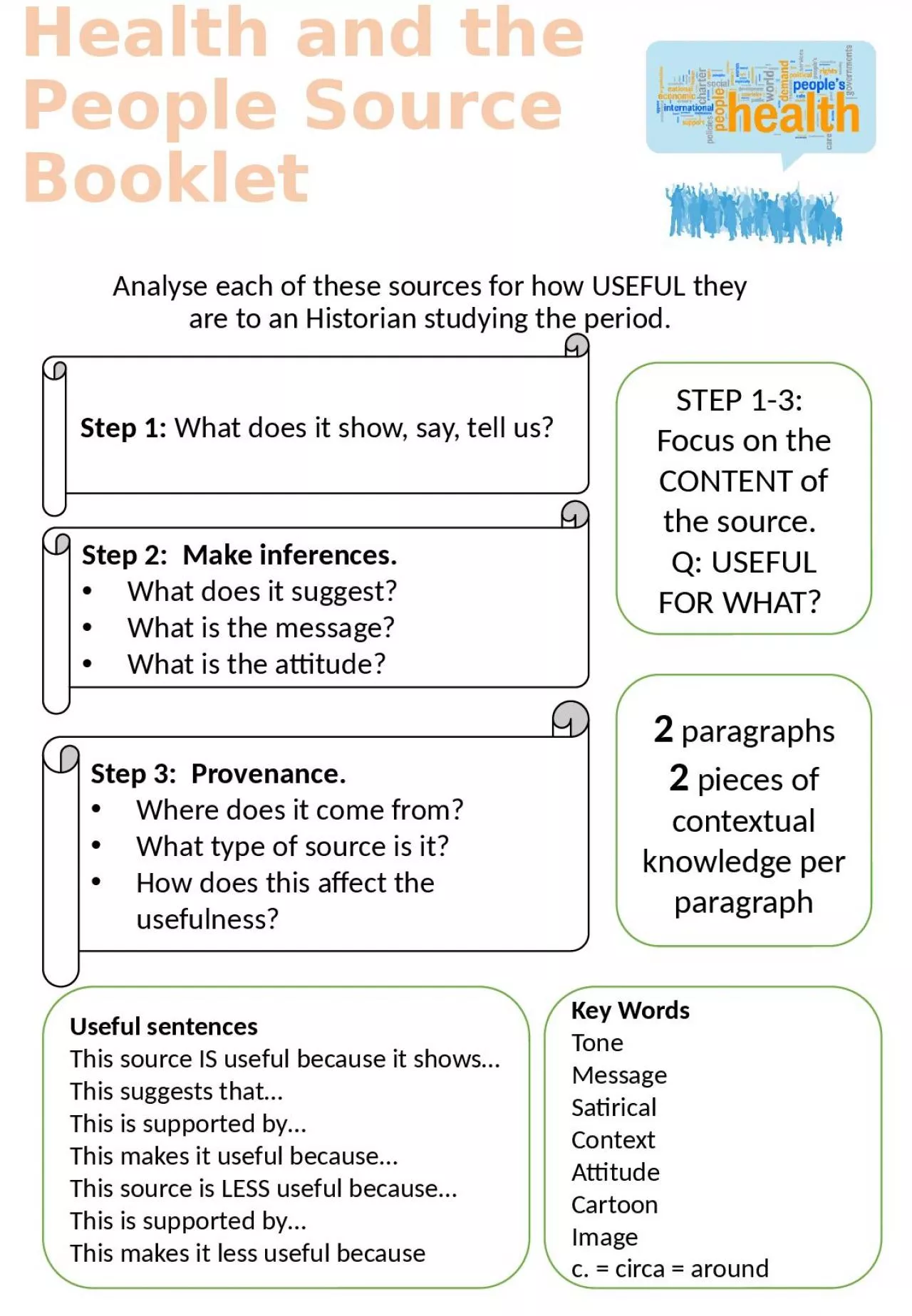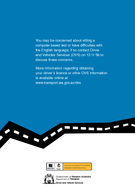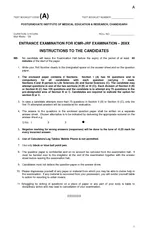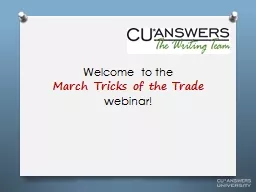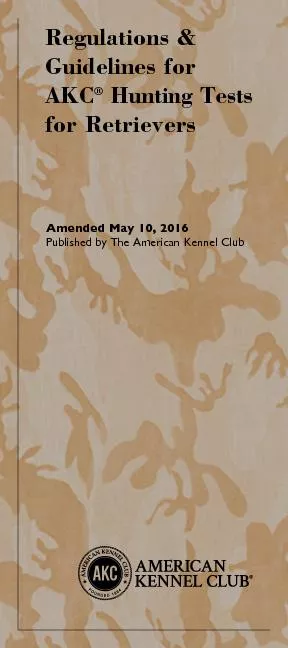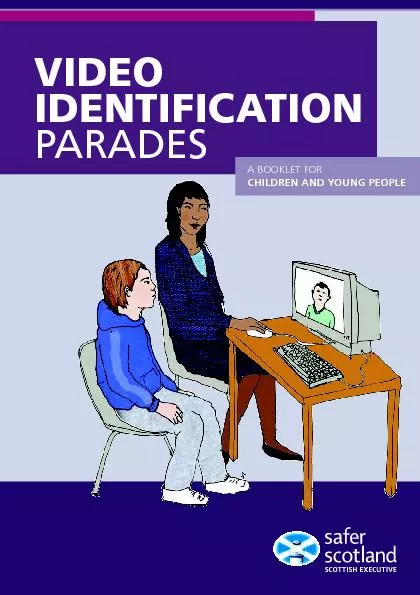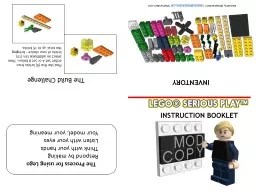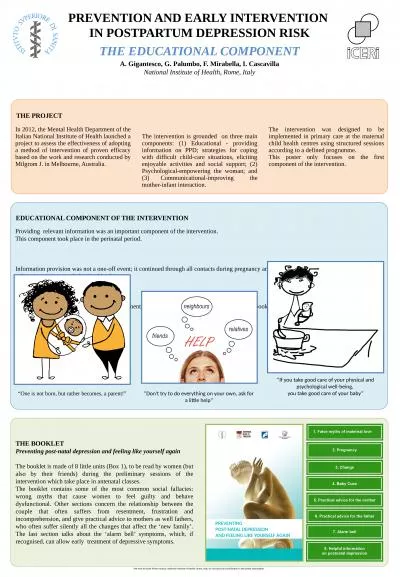PPT-Health and the People Source Booklet
Author : SillyGoose | Published Date : 2022-08-03
Analyse each of these sources for how USEFUL they are to an Historian studying the period Step 1 What does it show say tell us Step 2 Make inferences What does
Presentation Embed Code
Download Presentation
Download Presentation The PPT/PDF document "Health and the People Source Booklet" is the property of its rightful owner. Permission is granted to download and print the materials on this website for personal, non-commercial use only, and to display it on your personal computer provided you do not modify the materials and that you retain all copyright notices contained in the materials. By downloading content from our website, you accept the terms of this agreement.
Health and the People Source Booklet: Transcript
Download Rules Of Document
"Health and the People Source Booklet"The content belongs to its owner. You may download and print it for personal use, without modification, and keep all copyright notices. By downloading, you agree to these terms.
Related Documents

